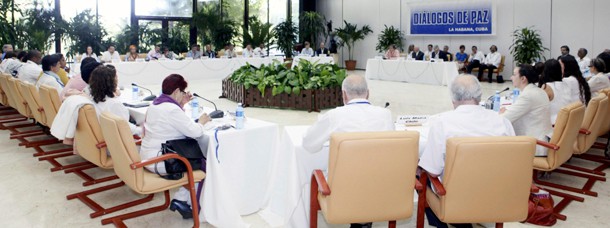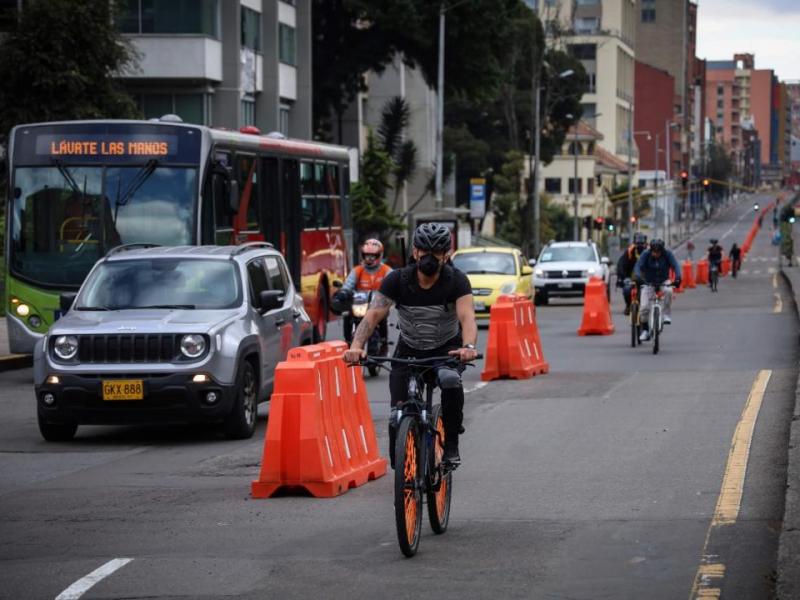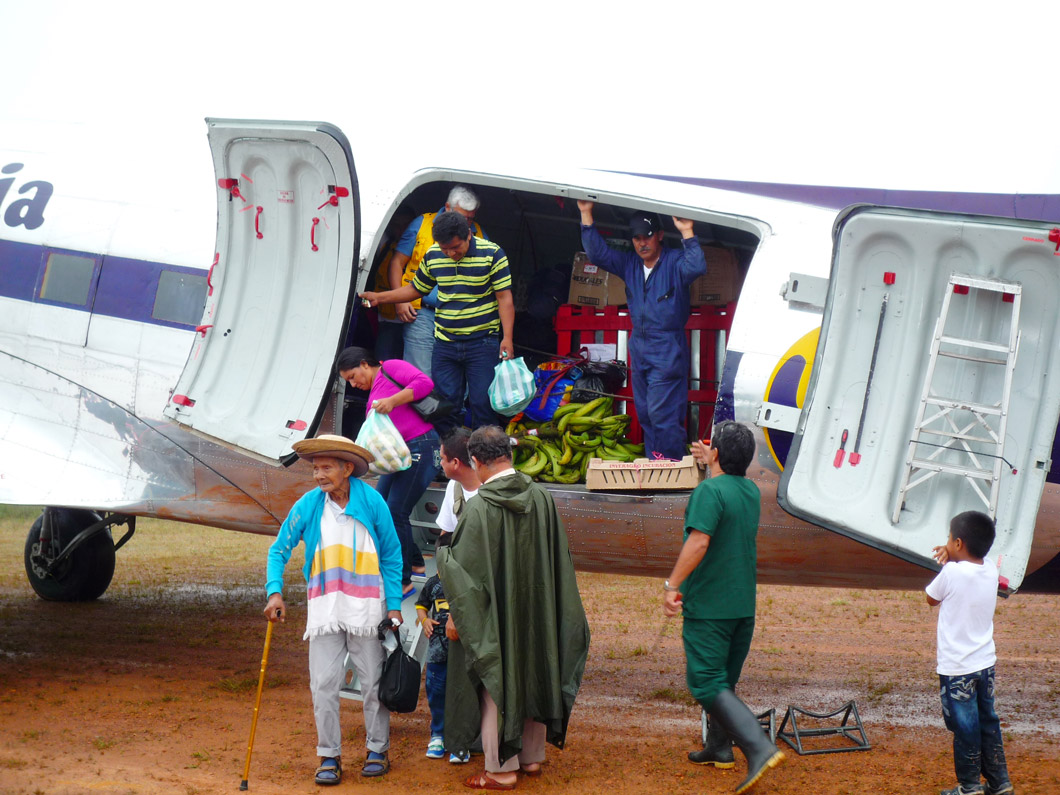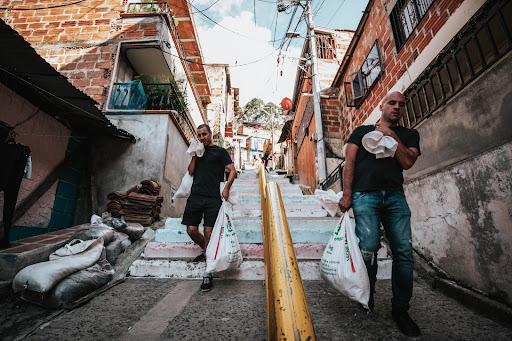
Credit: Sarah Cho, cheerstotravels.com
Santo Domingo, the last stop on the Medellin metro cable ‘K line’ before tourist destination Parque Arvi, is one of the most energetic neighborhoods in the city. Winding up what feels like nearly 90-degree sloped streets, one will see everything from kids playing pick up soccer, to older men drinking beers and playing cards at local stores, to matriarchs cooking in their open-air kitchens—the tunes of salsa classics and snuffs of buñuelos wafting through the air.
As dynamic as it is, the Santo Domingo sector has a challenging history from Medellín’s violent past. Once one of the most dangerous neighborhoods within a city that was named the “murder capital of the world” in the 1990s, Santo Domingo has been fighting tooth and nail to turn the page on a long and unfortunate chapter. Investments from local and even international governments have brought more tourism to the neighborhood, and security has improved in the past decade.
Unfortunately, however, when the pandemic hit, the neighborhood fell down the same slippery slope that many underserved areas did: Little work, no tourism, and little-to-no resources. This is when a local man stepped up to the plate to try and build a relief system in his home community.
Santo Domingo resident Sneider M. Zapata saw the desperate situation that so many families were going through and created a free dining area he called “The Emmanuel Children’s Community Soup Kitchen” to try to help the community through the tough times. The first intention of the kitchen, naturally, was to provide food to those who didn’t have it.
“We started with 45 children a month and in no time at all, we started to get around 100 children coming in for lunch daily,” said Zapata. “Some children arrive with their mothers to whom we also provide food, and for many of the visitors, it is the only thing they eat during the day.”
Expanding beyond just providing food, which will always be the priority according to those who have helped to build it, the “kitchen” also supplies occasional shoes, household items, clothing, and other essentials for living.
Recently, the small space has also been doubling as a language school for the children to learn English—helping to substantially grow one man’s dream into so much more.
Two foreigners, one from the United States and one from the United Kingdom, have helped to significantly grow Zapata’s efforts. Through them and the various others who have helped to pitch in, Zapata was able to ascertain the resources needed to truly get his idea off the ground and help Santo Domingo rewrite its history in the making.
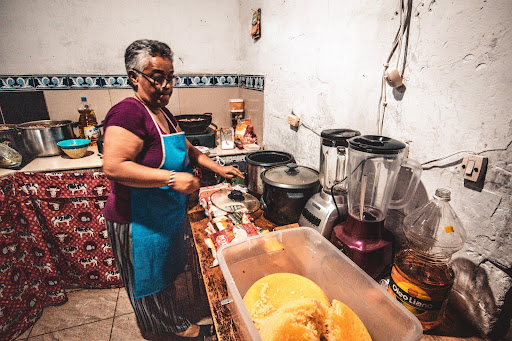
Writing a New Chapter
Some of the very same tourists who probably first witnessed Santo Domingo as they cruised above it on their way to Parque Arvi have now become an integral part in helping the neighborhood evolve for a more positive future. Joe Hallett (UK) was first introduced to the effort when he saw a request for volunteers in the soup kitchen on social media, and after speaking with his friend Shawn Mahoney (US), they both decided to get involved.
Hallett, who has been living in Medellin for two years now, runs a co-living space called Balu in the central Laureles neighborhood. Running a co-living space helps Hallett pump a consistent supply of willing volunteers into the soup kitchen so that it has the many hands needed to make it run.
Shawn Mahoney (US), on the other hand, has spearheaded the fundraising side of things, creating a GoFundMe that is used exclusively for feeding 100 children one solid meal a day. The effort has raised nearly $10,000 alone, and in combination with several other fundraising endeavors, they have raised enough money to feed these kids for the next year.
“Now that we feel confident in covering the cost of food for the next year, we are trying to pay the volunteers from the community a monthly stipend who are helping to cook,” said Mahoney. “Thanks to a private donation of $2,000, we have also been able to redesign and build out the kitchen so that it can be more functional.”
“Shawn has been instrumental in fundraising and galvanizing the support needed to get this project set in motion,” said his friend Hallett.
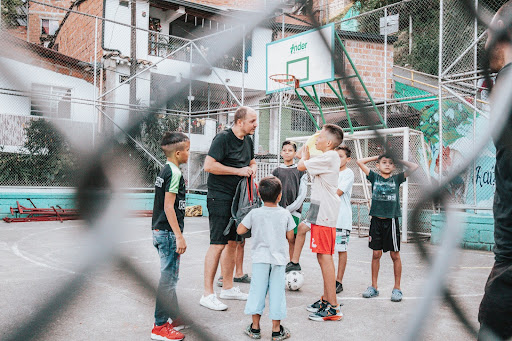
Credit: Sarah Cho, cheerstotravels.com
Thanks to having the finances for food secured, the language school has also been given the opportunity to flourish, and efforts are being made to broaden the program.
Having English as a second language can open so many doors for the children of Santo Domingo, providing them with the opportunity for a better future. A study into the economic impact of learning English in developing countries has concluded that the language can increase the earning power of individuals by around 25% and that developing economies need access to English if they are to grow and position themselves in the global economy.
“We consider it vitally important to create a love for values and education in children, sowing the motivation in them to build a better quality of life for themselves and their families,” says Zapata.
The hope is to eventually grow the soup kitchen into more of a community center—manifesting a safe place for the children to spend time not only for a meal but to read, learn, play games, and just be kids.
“In the future, we hope to expand the reach of the meals within the community, set up more events for the children on a more consistent basis, and even be able to pay the local community women that volunteer their time to cook,” says Mahoney. “We are also working on a potential scholarship fund, but at the end of the day our ultimate goal is to help the community prosper by providing the tools the children need to prosper.”
The Neighborhood’s Next Generation
The soup kitchen project has received a great reception from the local community—achieving tremendous impact not only within the neighborhood itself but in the wider city as well. It shows that despite a place’s history, the future is still being written.
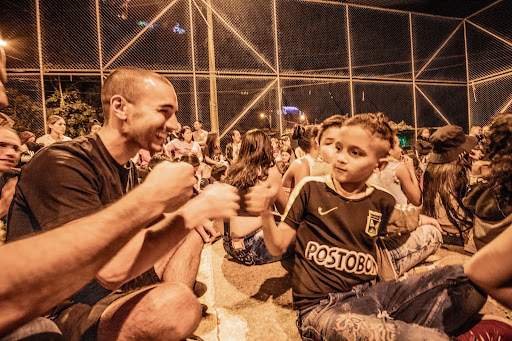
Credit: Sarah Cho, cheerstotravels.com
“This effort has been a comprehensive job that has had an extremely positive impact on the local families, who of course are very grateful to have their very own dining room for their community of children,” says Zapata. “It has helped to generate a sense of not only community, but of pride.”
Thanks to Zapata—and with a little help from his friends Hallett and Mahoney—The Emmanuel Soup Kitchen, soon to be community center, is helping to drive the metamorphosis of this underserved neighborhood.
If you would like to get involved by donating or volunteering you can contact Shawn Mahoney at shawn72mahoney@gmail.com, or visit the project’s Facebook page to get in touch with founder Sneider M. Zapata directly.

